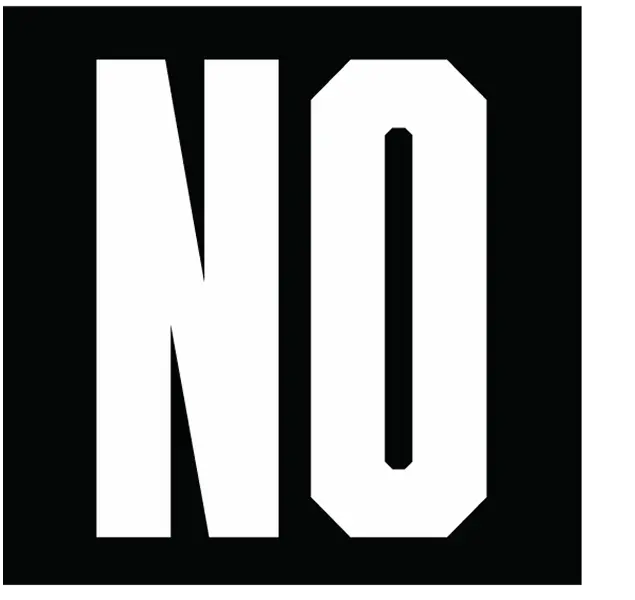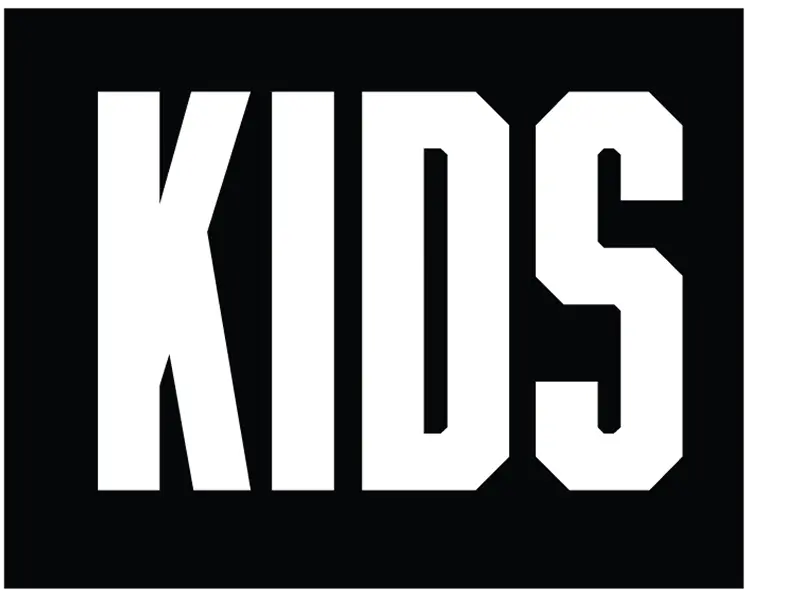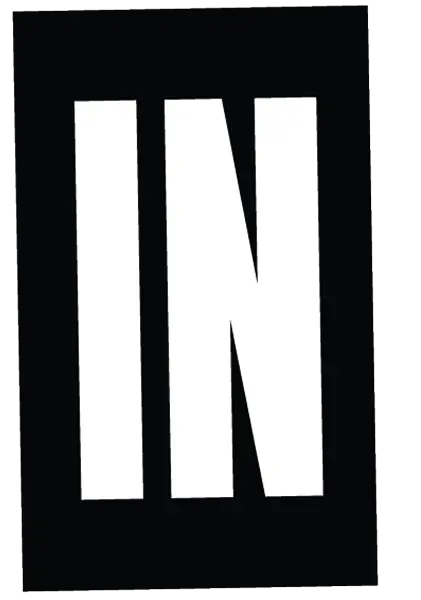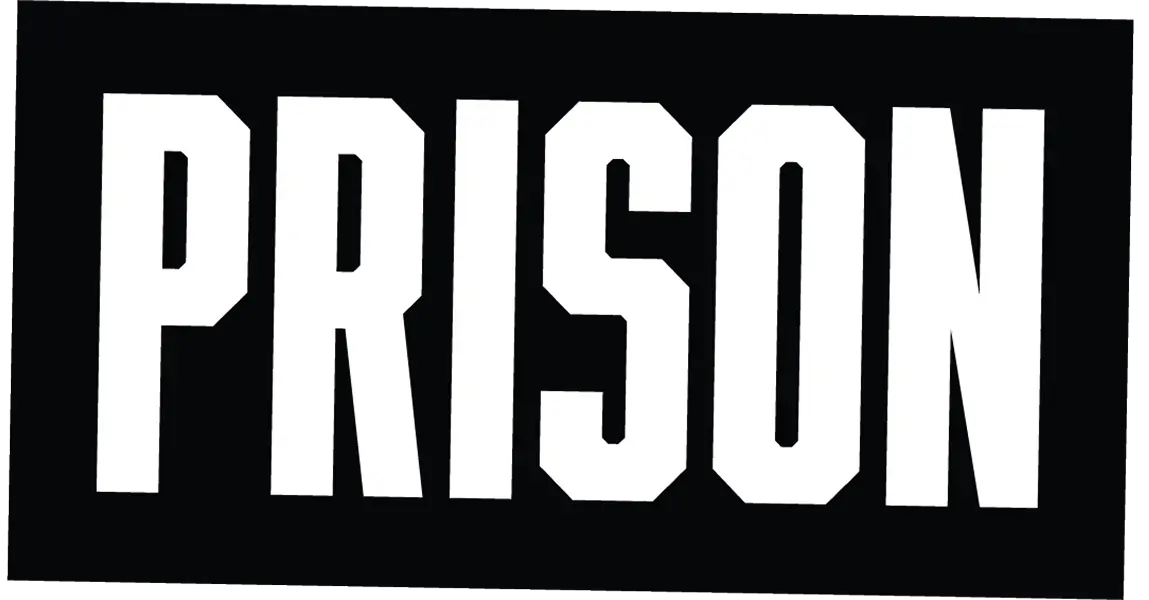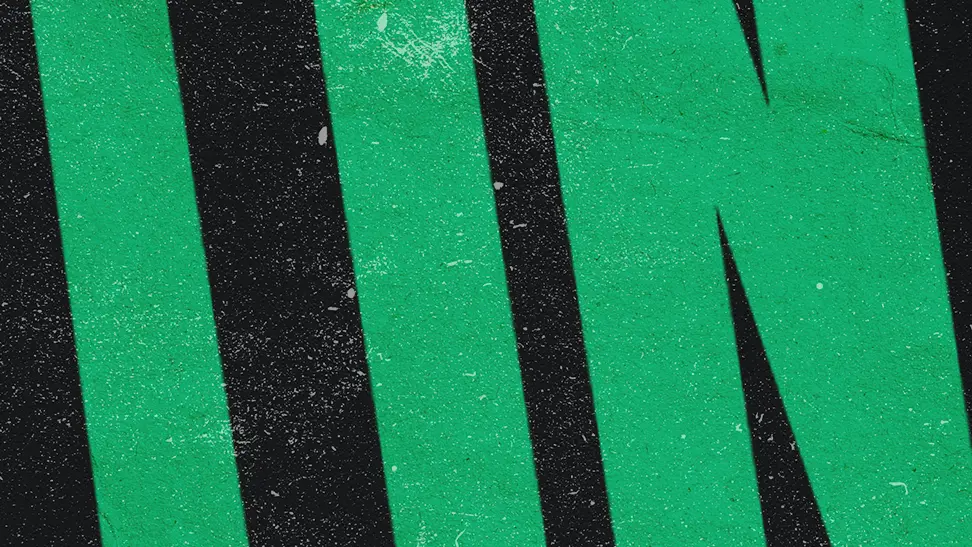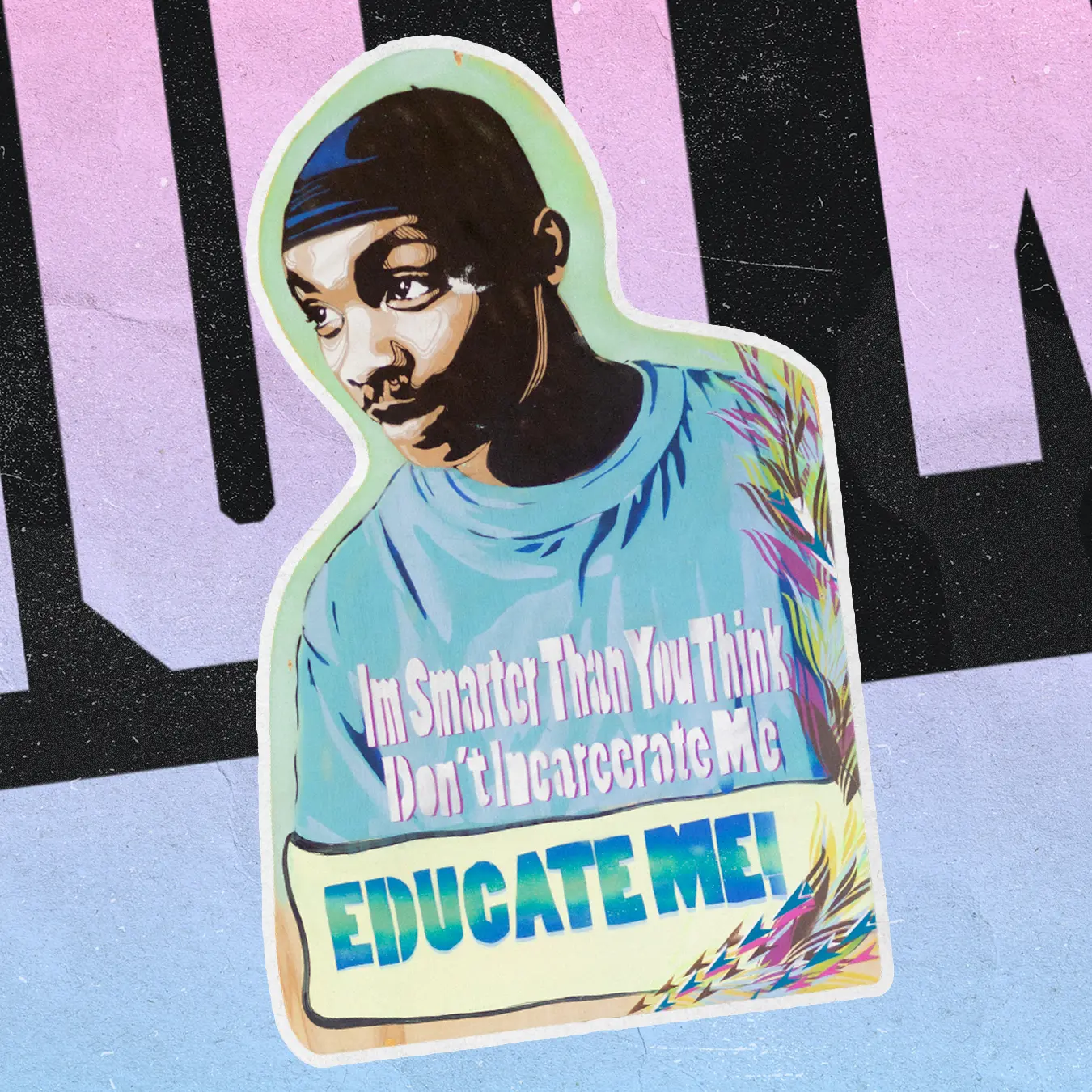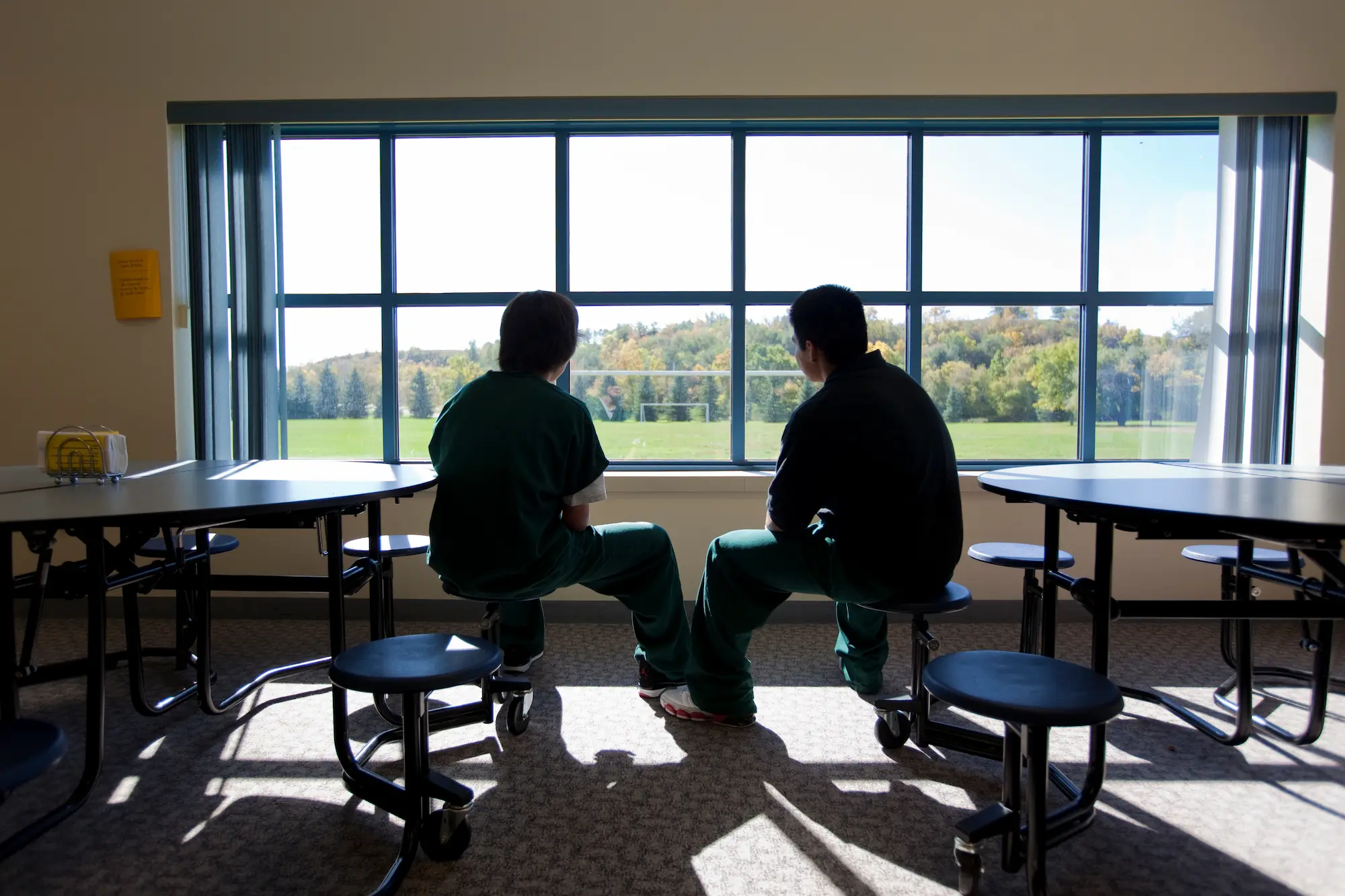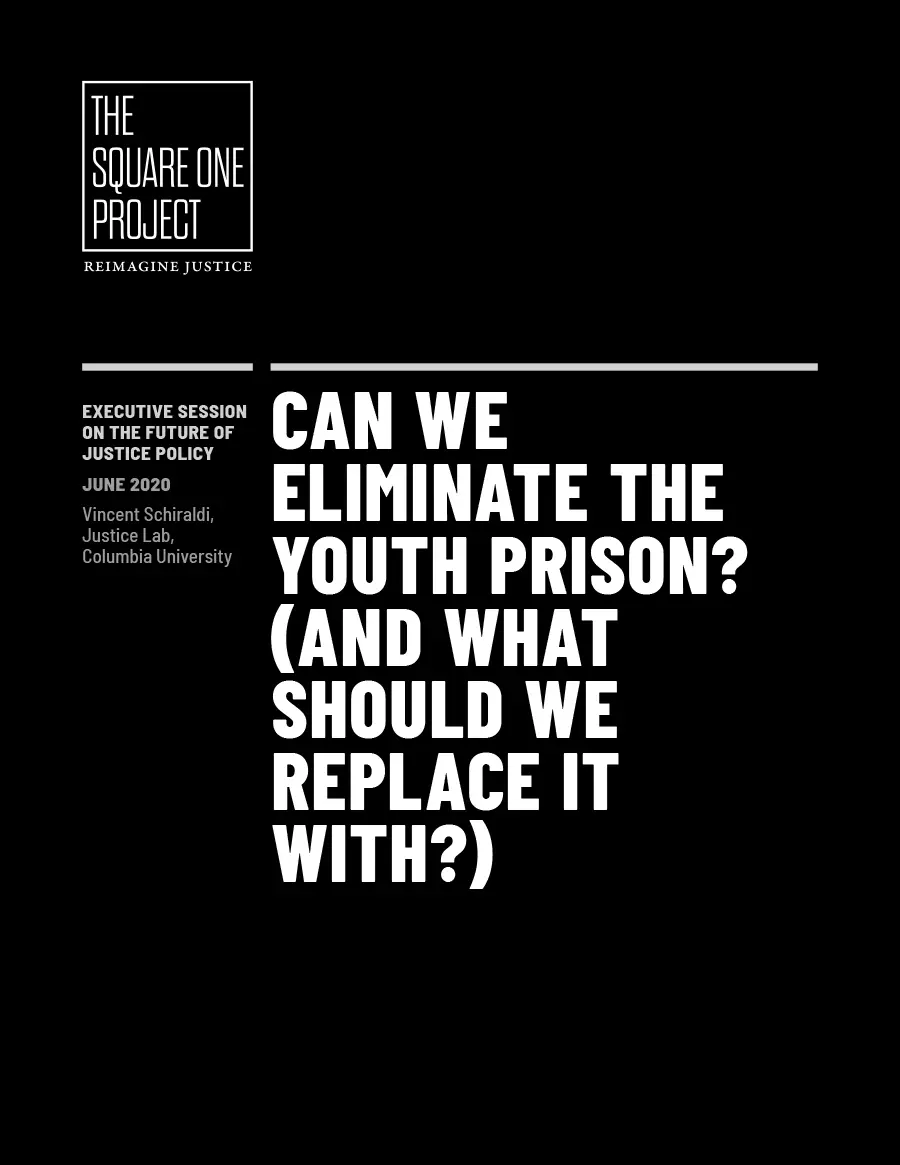We know that the formal end of slavery in 1865 did not end racism and inequality in America. As Jim Crow carried on the legacies of slavery, rates of incarceration for black Americans steadily climbed. Many youth prisons opened in the years and decades following slavery, including The New Jersey Training School for boys, which opened its doors in 1867. Virginia’s Beaumont Juvenile Corrections Center opened in 1890 and its Bon Air Juvenile Corrections Center opened in 1910. We see the relics of slavery in the hyper-governed communities of color across the country. From “million dollar blocks” to inequitable school districts, communities of color have struggled to receive the positive responses and opportunities from the public and private sectors that affluent white communities have received.
The vestiges of racism and slavery mean that youth justice will always be a racial justice issue. Each year, the United States incarcerates nearly 45,000 youth. The youth justice system incarcerates African-American youth at a rate 5 times higher than the rate for white youth, despite research that African American youth and white youth commit offenses at similar rates. Likewise, Native American youth are 3.2 times more likely to be incarcerated than white youth, and Latino youth are 2 times more likely to be incarcerated than white youth. New Jersey and Virginia have higher than average rates of disparity: Youth of color in New Jersey are over 30 times more likely to be incarcerated. Youth of color in Virginia are nearly six times more likely to be incarcerated than their white counterparts.
With these staggering data points, the Virginia “RISE” campaign and the New Jersey “150 Years is Enough” campaign have placed racial inequality at the center of their efforts to end youth incarceration.
